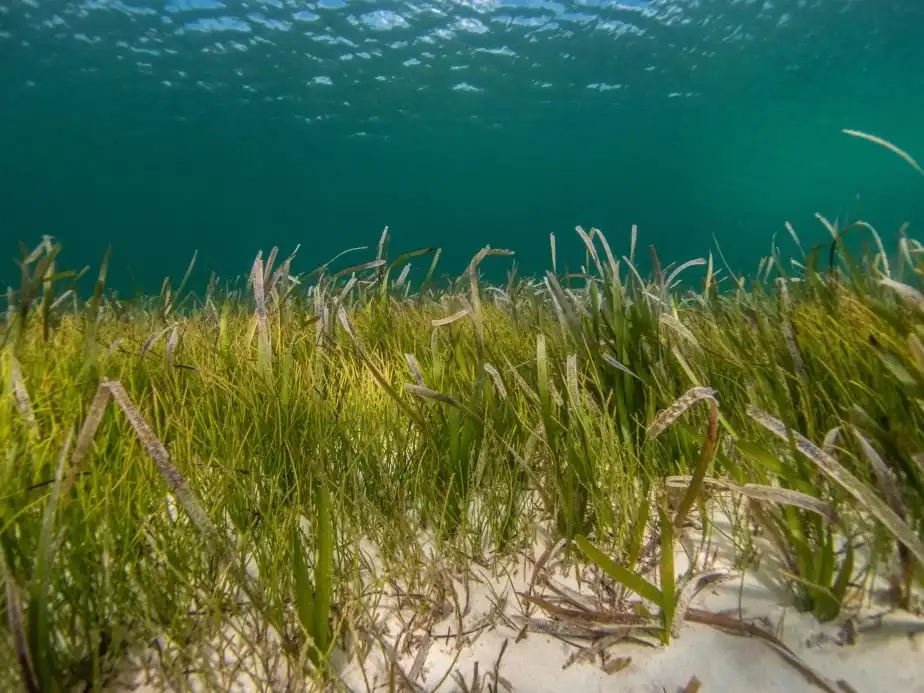James Cook University scientists who analysed seagrass meadows around the world say the crucial habitats are under increasing threat and need to incorporate new management strategies if they are to survive climate change.
JCU Master’s Graduate Riccardo Losciale led the study of 28 World Heritage (WH) listed seagrass meadows.
“We assessed that more than 50% of WH seagrass habitats are highly vulnerable to climate change impacts, with long-term increases in sea-surface temperature and short-term marine heatwaves being the greatest threats,” said Mr Losciale.
Among the largest natural carbon sinks on the planet, seagrasses provide coastal protection by stabilising sediments and dampening wave action, while also acting as key nursery habitats for many fish and crustacean species.
“On a global scale, the documented area of seagrass has declined by 19% since the start of the second industrial revolution, around 1870, due to the cumulative impacts of human-caused and climate stressors,” said Mr Losciale.
JCU Professor Scott Heron, who supervised the project, said most seagrasses are also at high risk from cumulative impacts of climate stressors and poor water quality, driven by human activities.
“We found most seagrass site managers are not well equipped to effectively deal with these impacts, possibly leading to management strategies that less effectively address climate change,” said Dr Heron.
The team recommended increased collaboration between seagrass experts and site managers, systematic mapping and monitoring activities, establishing a baseline to measure changes in the seagrass environments over time, raising community awareness and encouraging citizen science input.
“It’s critically important that we rapidly decrease greenhouse gas emissions – the principal cause of climate change – whilst limiting human activities that can lead to negative cumulative impacts,” said Dr Heron.
Read the paper: Global Change Biology
Article source: James Cook University
Image: seagrass meadow. Credit: Benjamin L Jones






